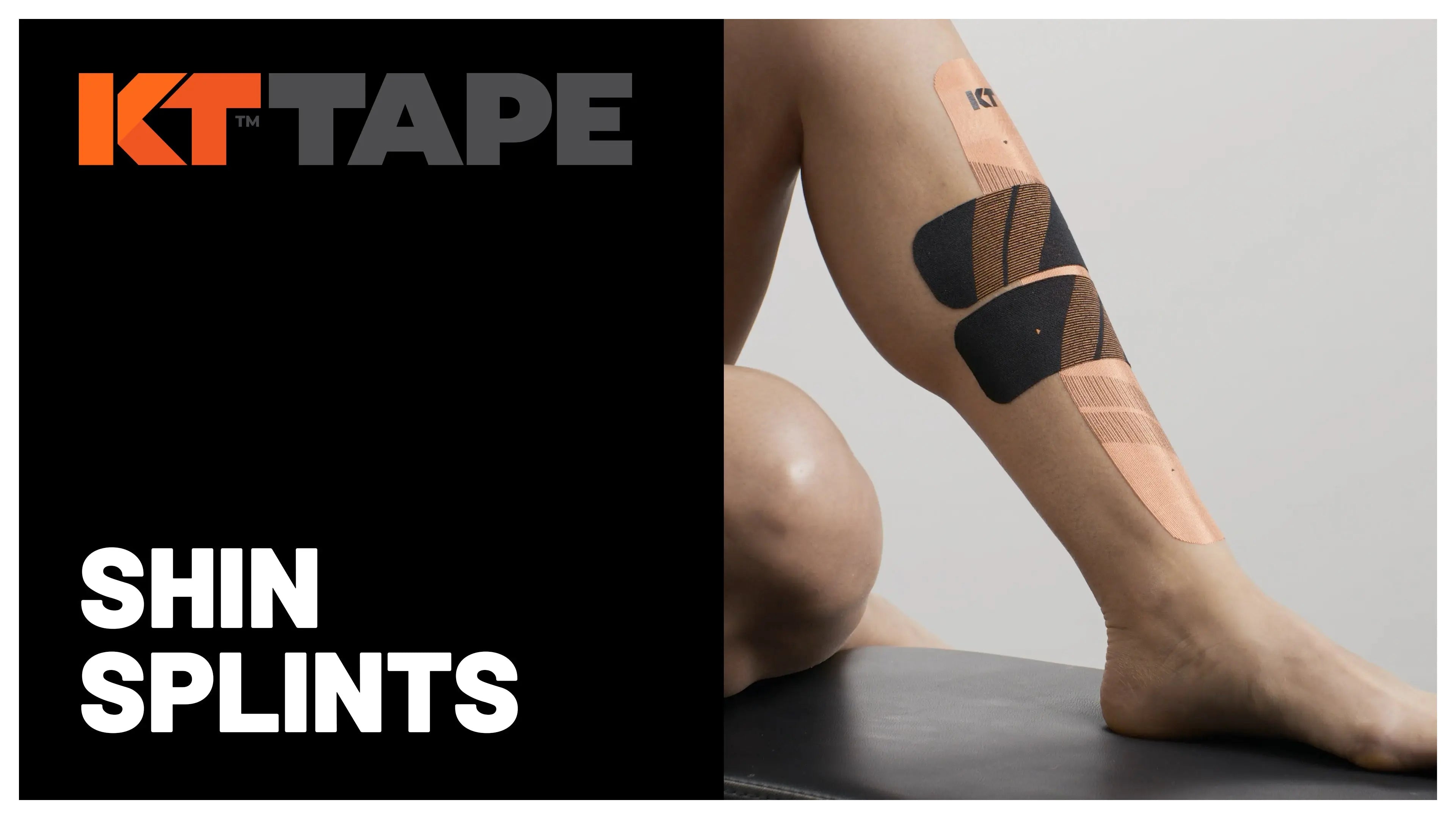JUNE 06, 2011
Skinny doesn't refer just to those long, skinny strips of KT Tape running up your shin! Here is the skinny on one of the most common running injuries we encounter:
What are Shin Splints?
The shin is the common name for the front of the lower leg bone (tibia) and its associated muscles and tendons. Muscles on the front of the leg (primarily the anterior tibialis) serve to point the toes and foot upwards (dorsiflexion).
What is the difference between Anterior and Posterior?
Anterior shin splints exist on the front of the leg. Posterior shin splints present pain along the inside edge of the lower leg.
Anterior shin splints can be identified by pain when the foot is bent upwards. They are typically brought on by new activity such as running, court sports, or other sports that require frequent stopping and starting. The problem is most common when these activities are performed on hard surfaces. Posterior shin splints present pain along the inside edge of the lower leg. In some cases, bumps can also be felt along this area. They are typically caused by various muscle imbalances in this part of the leg. Flat arches, over-pronation (eversion), and activities that require frequent changes of direction can all contribute to posterior shin splints.
What causes Shin Splints?
Poor shoes, running downhill or on the balls of the feet, or overactive calves (muscle imbalance) can greatly increase the chances of developing shin splints. Many times the shin splints arise from pain in the muscle due to overuse, but often the pain can be due to stress fractures in the bone. This is often seen in those who tough it out and continue the painful activity without allowing for sufficient recovery.
How are Shin Splints Treated?
Treatment always entails rest and avoiding the activity that caused the pain. Shin splints start out as a minor annoyance, but can become debilitating if not allowed to heal in the early stages. Ice and anti-inflammatories will help reduce the pain and inflammation, but should not be used to continue the painful activity. Correcting poor running form, fitting for appropriate shoes, and stretching before and after activity will aid prevention.
What does KT Tape Do?
KT Tape provides an excellent means of helping the muscles to relax and facilitate the healing process, as well as helping to reduce inflammation. As with any overuse injury, use the tape in conjunction with rest to promote the healing process and see reduced recovery times.
What Else Can I Do To Avoid Shin Splints?
In addition to KT Tape, check out these Shin Splint Stretches from on Active.com:
Runners often develop shin splints when increasing mileage or when adding speedwork to their routines.
The following exercises, courtesy of Rick Braver, D.P.M., will help prevent shin splints:
1) Stand with your heels together and toes pointed out. Slowly raise up onto your toes and lower yourself back down. Repeat 10 times.
2) Stand with your big toes together and heels far apart. Slowly raise up onto your toes, then lower yourself back down. Repeat 10 times.
For professional KT Tape application, click here to find a KT Tape medical professional near you.

The Skinny on Shin Splints
Featured Products
Infrared

Quick view

KT Tape Pro Oxygen™
$25.99
With Celliant® infrared technology
to increase cellular oxygenation†
to increase cellular oxygenation†
Quick view

KT Tape Pro®
$21.99
Ultra-Breathable Synthetic Fabric
WATER RESISTANT

Quick view

KT Tape Pro Extreme®
$23.99
Highest strength water-resistant adhesive
Quick view

KT Tape Original Cotton
$14.99
Original cotton breathable fabric
Stay Informed
Subscribe to get special offers, free giveaways, and once-in-a-lifetime deals.




